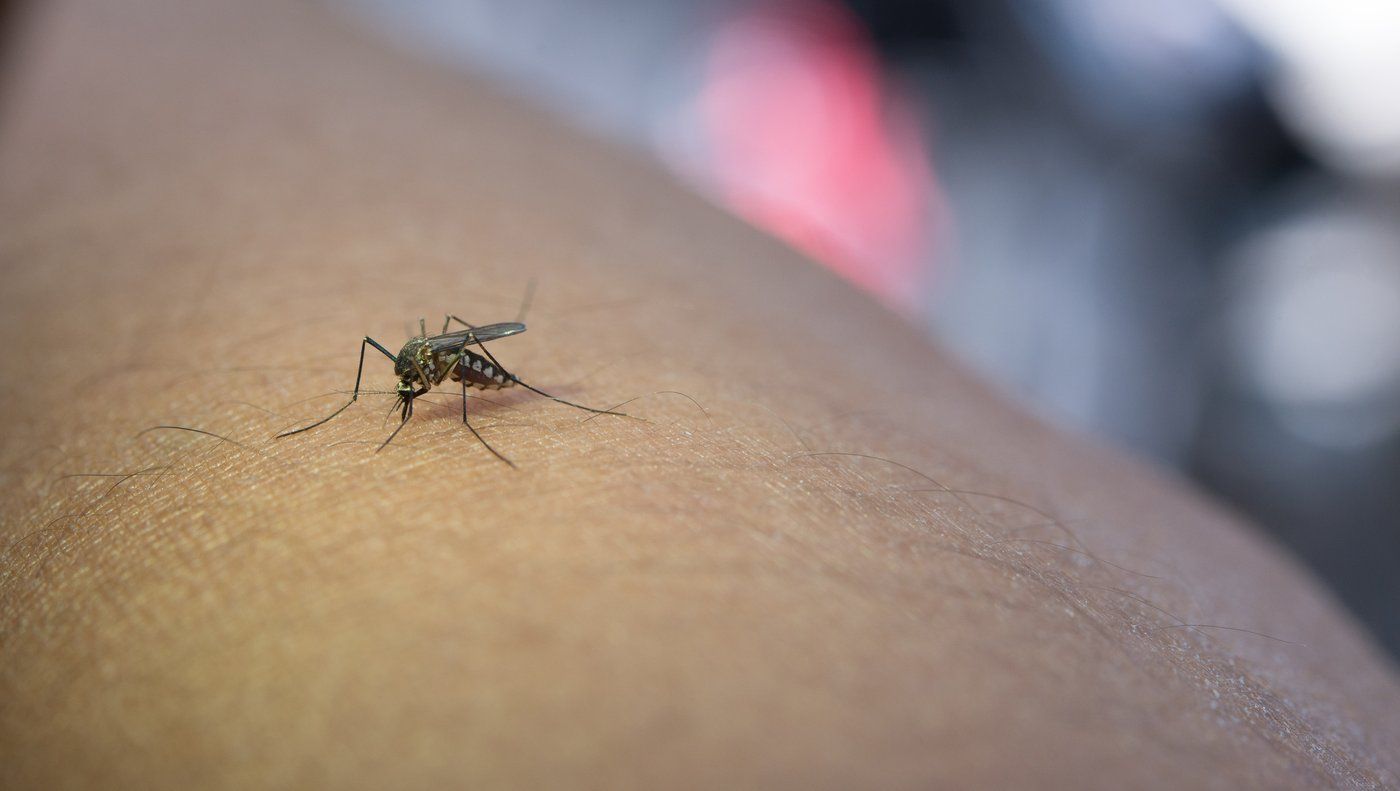Dengue fever continues to kill people across the world and climate change is making it worse.
The World Health Organization reported more than five million dengue cases and more than 5,000 deaths in more than 80 countries in 2023, which was the warmest year since records began.
Nearly 80 percent of cases, about 4.1 million, were in the Americas. There were more than 1.6 million cases in Brazil. Astonishingly, it’s already passed that mark in just three months this year. Brazil's Ministry of Health reported more than 2.9 million probable infections and 1,116 deaths as of April 8.
That staggering figure means the fight against mosquito-borne diseases is hotting up.
But there are weapons being used in this war to protect our health.
In Indonesia, the government is conducting a program involving the use of mosquitoes with Wolbachia to control the spread of dengue in five cities.
This new frontline in the fight against mosquito-borne disease is Denpasar, gateway to the holiday island of Bali. Trials are also underway in Semarang, Bandung, West Jakarta, Bontang and Kupang.
Wolbachia technology stands out as a promising biological intervention for controlling dengue. It is an intracellular bacterium commonly found in more than 60 percent of insect species worldwide, meaning it lives inside the cells of another organism.
When introduced into the disease-transmitting Aedes aegypti mosquitoes, Wolbachia blocks the dengue virus replication within the mosquito body and significantly impedes the mosquitoes' capacity to transmit the dengue virus.
Researchers from Monash University injected Wolbachia to the larvae using a micro needle. A 2011 study showed a big reduction in dengue viral load in Wolbachia-infected mosquitoes compared to those in the wild.
This biocontrol method leverages the bacterium's ability to spread through mosquito populations as the infected mosquitoes pass the bacteria to their offspring, effectively reducing these insects' ability to transmit viruses, otherwise known as the "vector competence".
The effectiveness of Wolbachia technology has already been demonstrated in a large, city-wide scale randomised field trial in Yogyakarta, Indonesia.
The study found a 77 percent reduction in dengue infection and an 86 percent decline in hospitalization among confirmed dengue cases in the target area. The finding was comparable with the commercially available Sanofi Pasteur and Takeda dengue vaccine.
Wolbachia technology does not require individual administration, works without ongoing human intervention and can be self-sustaining once set up. Its embrace looms as a cost-effective, long-term way to reduce dengue transmission.
It’s going to be needed, as a warming climate, coupled with phenomena such as the El Niño, increases the risks of vector-borne diseases such as dengue and malaria.
El Niño is a weather phenomenon in which sea surface temperatures in the central Pacific rise, causing more rain. It has led to floods in the Horn of Africa and the United States. El Niño has also made Southeast Asia, Australia and southern Africa drier and warmer and worsened drought in the northern areas of South America.
The phenomenon increases the risk of diseases, particularly those spread by mosquitoes, like malaria and dengue.
Malaria especially is sensitive to changes in the weather. In places where malaria is not constant, people don't have strong immunity and are more vulnerable to severe outbreaks if the weather allows the disease to spread.
In Venezuela and Colombia, malaria cases can increase by more than a third after dry periods linked to El Niño. The 2023 El Niño was no exception. According to the World Meteorological Organization, 2023 was the warmest year on record, with a new monthly temperature record set each month from June.
Climate change is worsening the issue: Warmer weather increases humidity and precipitation, meaning more breeding places and a broader geographical distribution of mosquito habitats. Temperature is also pivotal in the mosquito's life cycle and virus transmission capacity.
Warmer climates also boost mosquitoes' metabolism and shorten their viral incubation period, making them more efficient carriers of diseases. The expansion of urban areas and inadequate water management create ample breeding sites for these vectors, amplifying the risk of dengue outbreaks.
Studies have found that as temperatures rise, disease transmission does, too, but in a way that's not straightforward or predictable.
Vector control remains the most widely adopted strategy to suppress dengue transmission. Strategies to reduce breeding sites through domestic waste and water container management, using larvicide or larvivorous fish and insecticide, can control dengue.
But their impact may be blunted by chemical methods, which may lead to mosquito resistance and reduce control efficacy and biological considerations, such as seasonality and also the consistency of intervention activities.
This is where trials of other methods, such as Wolbachia, could prove the difference between continuing control strategies that dwindle in effectiveness over time and innovative approaches that adapt to evolving challenges in dengue control program.
(The author is the Director of the Center for Tropical Medicine, Faculty of Medicine, Public Health and Nursing (FKKMK), Gadjah Mada University. This article was originally published under Creative Commons by 360info)

